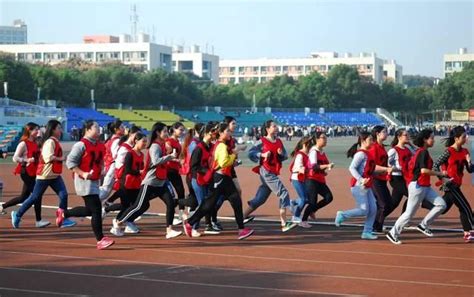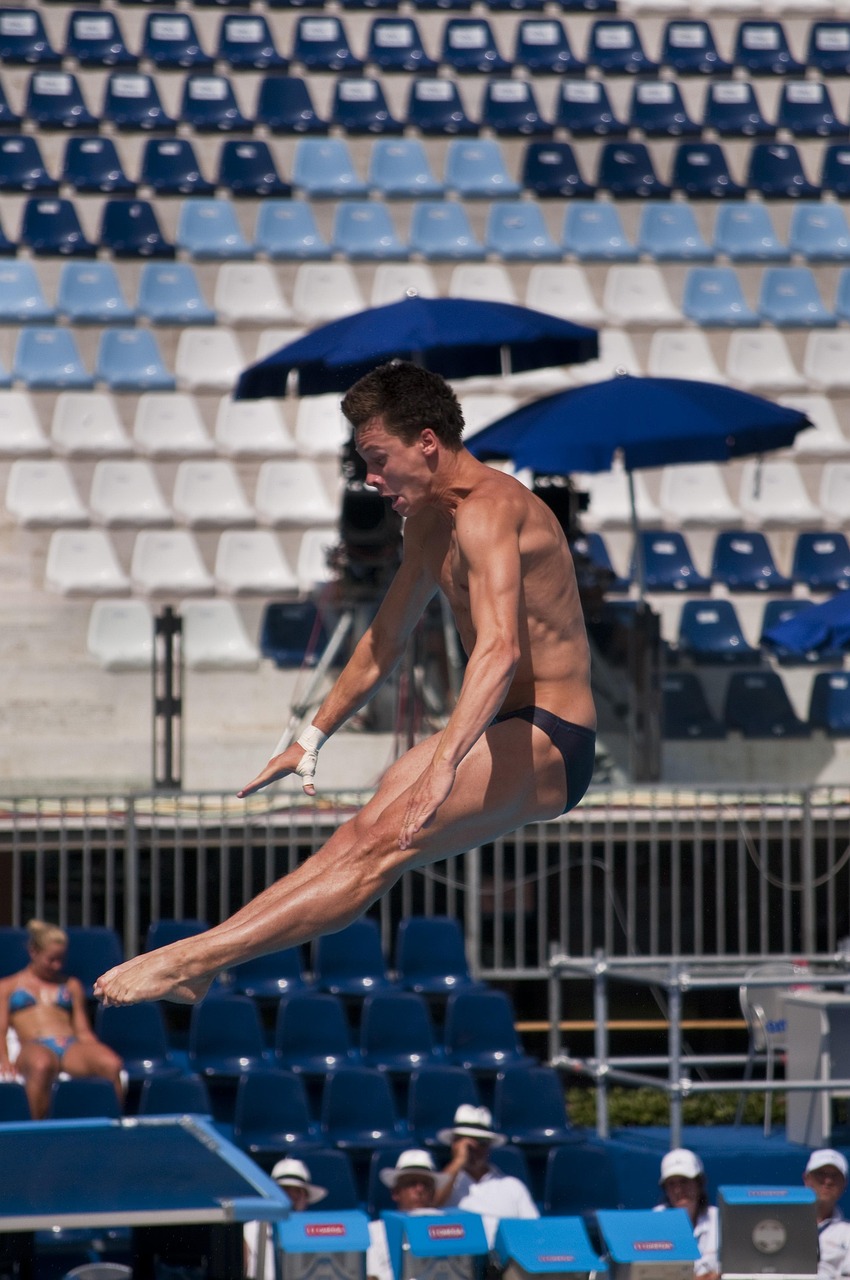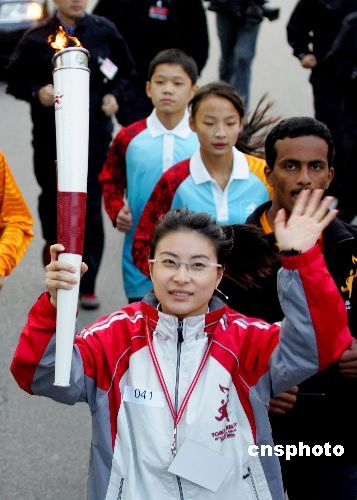孩子体育成绩不好怎么办
Title: Addressing Insufficient Physical Education Credits for Children
Introduction:
Insufficient physical education credits for children can have significant implications for their overall development. In this guide, we'll explore the importance of physical education, the potential consequences of inadequate participation, and practical strategies to address this issue effectively.
The Importance of Physical Education:
Physical education plays a crucial role in the holistic development of children. It promotes physical fitness, enhances motor skills, improves cognitive function, and fosters social interaction. Regular participation in physical activities during childhood contributes to better overall health and wellbeing in adulthood. Additionally, physical education instills discipline, teamwork, and resilience, essential qualities for success in various aspects of life.
Consequences of Insufficient Physical Education Credits:
1.
Poor Physical Health:
Children who do not engage in sufficient physical activity are at risk of developing health problems such as obesity, cardiovascular diseases, and diabetes.2.
Reduced Academic Performance:
Research indicates a positive correlation between physical activity and academic achievement. Insufficient physical education may lead to decreased concentration, attention span, and academic performance.
3.
Social and Emotional Challenges:
Physical education provides opportunities for children to interact with peers, build friendships, and develop social skills. Without adequate participation, children may experience feelings of isolation and struggle with emotional regulation.4.
LongTerm Implications:
Habits formed during childhood often persist into adulthood. Insufficient physical education in early years may predispose individuals to a sedentary lifestyle and associated health risks later in life.Strategies to Address the Issue:
1.
Curriculum Enhancement:
Schools should prioritize physical education within their curriculum by allocating sufficient time and resources. Incorporating diverse activities that cater to different interests and abilities can enhance engagement.2.
Community Partnerships:
Collaboration with local sports clubs, recreational centers, and fitness organizations can provide additional opportunities for children to participate in physical activities outside of school hours.3.
Teacher Training:
Educators should receive specialized training to deliver highquality physical education programs. This includes understanding child development, designing ageappropriate activities, and promoting inclusive participation.4.
Parental Involvement:
Encouraging parents to support and reinforce the importance of physical activity at home can complement schoolbased efforts. Familyoriented initiatives such as weekend sports events or nature outings promote active lifestyles.5.
Policy Advocacy:
Advocating for policies that prioritize physical education in schools and communities is essential. This may involve lobbying for increased funding, updated curriculum standards, and mandatory physical activity guidelines.6.
Technology Integration:
Utilizing technology such as fitness apps, interactive games, and virtual reality platforms can make physical education more engaging and accessible to children, especially in remote or underserved areas.Conclusion:
Addressing insufficient physical education credits for children requires a multifaceted approach involving schools, communities, parents, and policymakers. By recognizing the importance of physical activity in childhood development and implementing effective strategies, we can ensure that every child has the opportunity to thrive physically, academically, and socially.
体育资讯
MORE>-
02-23DeepSeek,探索你的安全感,究竟需要多少钱?
-
02-23雄鹿与凯尔特人的对决,篮球赛场上的传奇对决与智慧较量
-
02-23德甲球队之间的微妙平衡,竞技、友谊与合作关系的交织
-
02-23乌克兰稀土真相揭秘,探寻资源背后的真相
-
02-23揭秘全明星名人赛,一场星光熠熠的体育与娱乐盛宴
-
02-23浙江人家中的温馨雪人梦
-
02-23足球世界的奇遇,乌拉圭与加纳——碰撞中的荣耀与挑战
-
02-23东亚杯上的足球较量,中澳对决,技术与意志的较量
-
02-23菲尔普斯的泳池传奇,探索蝶泳的魔法与技巧
-
02-23揭秘欧洲篮球瑰宝,比利时女篮——坚韧与荣耀的完美结合
-
02-23火箭22连胜,火箭队的超级马拉松与篮球界的新里程碑
-
02-23难哄中的性骚扰不该成为流量密码
-
02-23人与10辽足,足球魅力下的社区融合与传承
-
02-22揭秘U22亚洲杯,足球版的青春风暴,未来之星的磨砺场
-
02-22揭秘德甲赛场,那些熠熠生辉的球队与他们的传奇故事
- 搜索
- 最近发表
-
- 从舞台到现实,一位勇敢的女士在角色扮演中的故事与启示
- 提升自我,深度解析单节37分背后的教育启示
- DeepSeek,探索你的安全感,究竟需要多少钱?
- 音乐双子星,张玉宁与曲乐恒,点亮足球场上的音符魔力
- 痛失巨匠,修波专家不幸辞世,交通安全的警钟长鸣
- 霍华德,篮球殿堂的盖帽大师——揭秘他的十佳时刻
- 两岁男童托育园午睡时身亡,死因公布引发的社会反思
- 揭秘乒乓球世界排名,策略与技巧的深度解析
- 王一博,热烈人生的不断超越与闪耀第一的光芒
- 回溯篮球之巅,2012年NBA总决赛的激情与荣耀
- 警惕无声的健康杀手,癌症的早期预防与发现
- 雄鹿与凯尔特人的对决,篮球赛场上的传奇对决与智慧较量
- 特朗普撤换美军最高将领,决策背后的战略考量与影响
- 德甲球队之间的微妙平衡,竞技、友谊与合作关系的交织
- 替身女演员受伤,漂白剧组深表歉意
- 深度解析,新浪NBA中文网——篮球爱好者的全方位资讯宝库
- 悲剧交织,美女网红英勇救人后溺亡,母亲不幸遭遇车祸
- 全球视野下的足球风暴,国际搜狐体育带你揭秘世界足坛的风云变幻
- 乌克兰稀土真相揭秘,探寻资源背后的真相
- 揭秘全明星名人赛,一场星光熠熠的体育与娱乐盛宴





